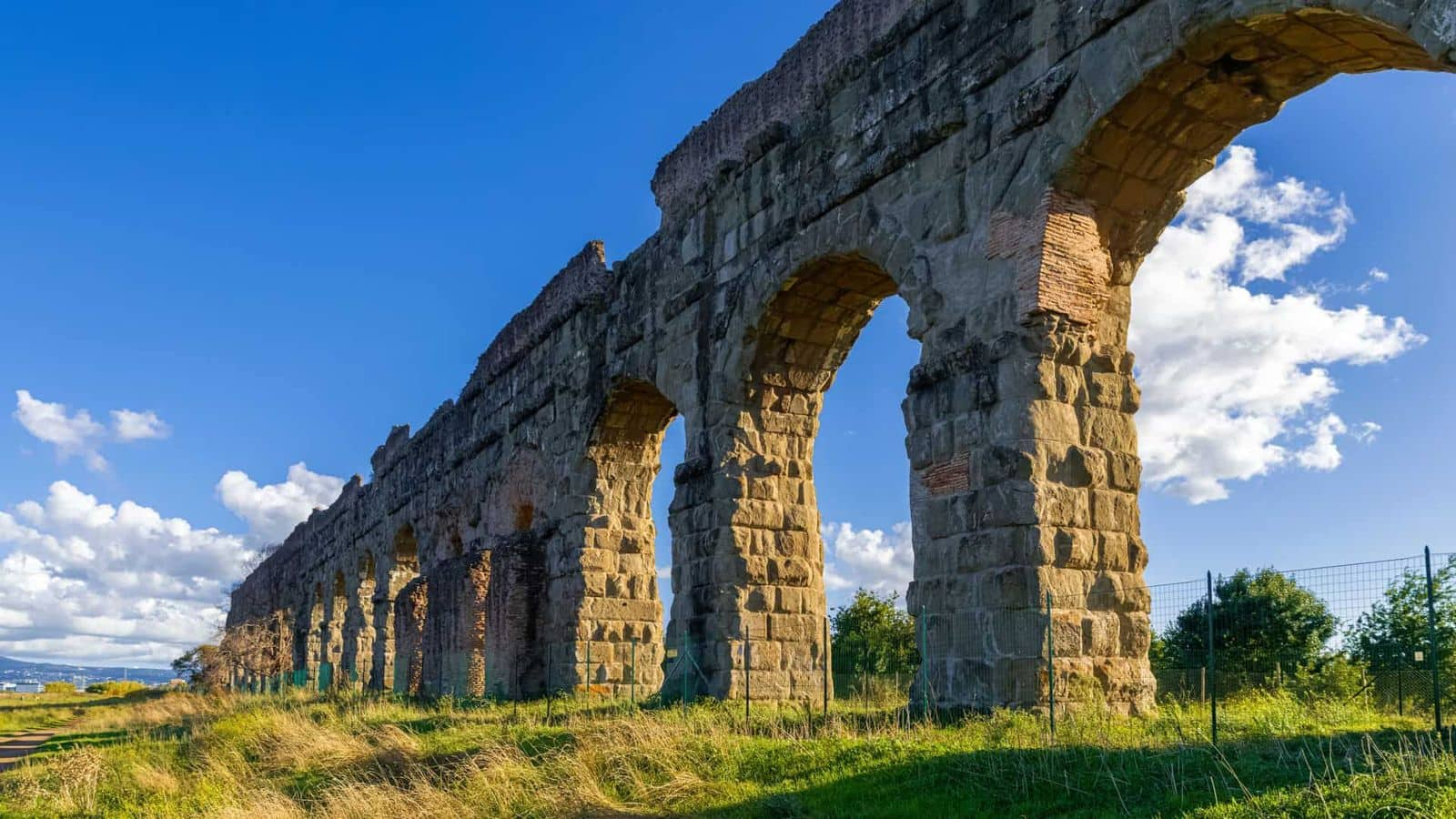
Rome's hidden archaeological gems that are worth exploring
What's the story
Rome, a city rich with historical layers, is celebrated for its famous monuments like the Colosseum and Roman Forum. However, beyond these well-trodden landmarks lies a collection of hidden archaeological gems. These sites, often missed by many, provide a distinct and quieter window into Rome's ancient history, offering visitors a chance to explore the past without the usual crowds.
Villa Gordiani
The secret garden of ancient ruins
Villa Gordiani, nestled in eastern Rome, is a park brimming with ancient lore. Once a magnificent estate of the Gordian dynasty, it now offers peaceful promenades amidst ruins and soaring pine trees. Visitors can unearth signs of imperial splendor in solitude, envisioning the opulent lives of Roman aristocrats, all while eluding the crowds that flock to more frequented sites.
Parco degli Acquedotti
Aqueducts amidst the cityscape
Parco degli Acquedotti stands as a remarkable monument to the ingenuity of Roman engineering. Nestled within the Appian Way Regional Park, it is home to majestic aqueducts that were once the lifeline of water to ancient Rome. Visitors can meander through verdant fields, casting their gaze upon the arches that stretch skyward, offering a unique journey off the familiar tourist trail.
Banditaccia Necropolis
A haven of Etruscan heritage
A short trip from Rome, the Banditaccia Necropolis in Cerveteri is a testament to Etruscan life, dating back to the ninth century B.C. This UNESCO World Heritage site is dotted with tumuli and tombs hewn into bedrock, offering a glimpse into the ancient Etruscan civilization. Visitors can immerse themselves in the pre-Roman history of Italy as they explore these silent stone sentinels.
Ancient port town
Unearth centuries at Ostia Antica
Ostia Antica, a serene archaeological park, lies a mere half-hour from Rome's bustling center. This ancient port town, once teeming with merchants and sailors, now invites visitors to stroll its deserted streets. Here, one can explore remarkably intact baths, theaters, and homes that offer a tangible connection to the daily rhythms of life in ancient Rome.
Monte Testaccio
The forgotten field of wonders
At first glance, Monte Testaccio might seem like just another hill in Rome, but it's far from ordinary. It's a man-made mound, towering with the remnants of countless broken amphorae—clay jars once used to transport olive oil and wine. This site quietly narrates the tale of Rome's ancient trade practices and rewards visitors with sweeping views from its peak.